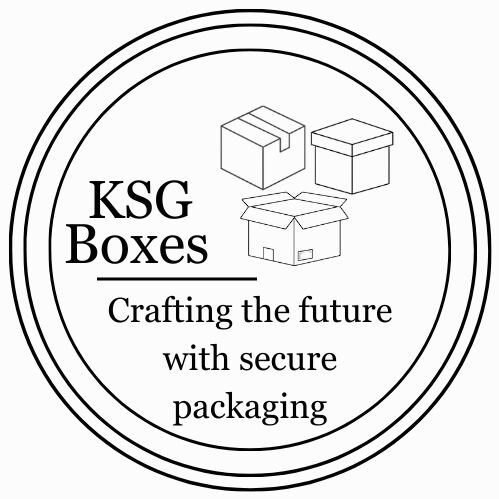
Kraft Paper mostly known as brown paper or unbleached paper renowned for its strength and durability. It originated in the 19th century and was named after the German word Kraft meaning strength.
The Manufacturing process of kraft paper.
1) Pulping.
The production process of kraft paper involves pulping of wood fibres. These woods are extracted from pine, spruce and fir trees and chipped into small pieces where they are broken down into individual fibres, this process is called pulping.
2) Cooking.
Now these pulped wood fibres are then cooked in a chemical solution, typically a mixture of sodium hydroxide (NaOH) and sodium sulfide (Na2S), which helps break down the lignin the natural glue that holds wood fibres together allowing the fibres to separate more easily, this complete process is known as the Kraft process.
3) Washing.
This step is very crucial for producing high-quality kraft paper with desirable strength and colour, in this the resulting pulp is washed to remove chemicals, lignin and other impurities.
4) Forming.
The Cleaned pulp is then diluted with water to create a slurry, which is fed onto a continuous wire mesh conveyor belt known as a paper machine. As the water drains away, the fibre on the mesh begins to bond together, forming a continuous sheet of wet paper.
5) Pressing.
The wet paper sheet passes through a series of rollers and felts to remove excess water and compress the fibres, resulting in a more compact and uniform sheet.
6) Drying.
Now the paper sheet is then passed through heated drying cylinders or through a series of heated rollers to remove the remaining moisture.
7) Finishing.
After drying the Kraft paper undergoes additional processing steps, such as calendaring (smoothing the surface) or coating (adding surface treatments or laminates) to enhance its properties or tailor it for specific applications.
8) Cutting.
Finally, the kraft paper rolls are cut into various sizes, and packed for distribution.
Uses of Kraft paper.
- It is ideal for making packaging boxes, wrapping parcels, protecting goods during transit, and cushioning fragile items.
- It serves as a canvas for creativity, from DIY projects to artistic endeavours, its neutral tone provides a backdrop for drawings, paintings, and calligraphy.
- Many companies use Kraft paper for shipping envelopes and mailers due to its tear-resistant properties and eco-friendly appeal.
- In the food industry, kraft paper is used for wrapping sandwiches, lining trays, and packaging dry goods.
- It is used for covering books, protecting them from wear and tear and its smooth surface makes it suitable for printing labels and stickers.
